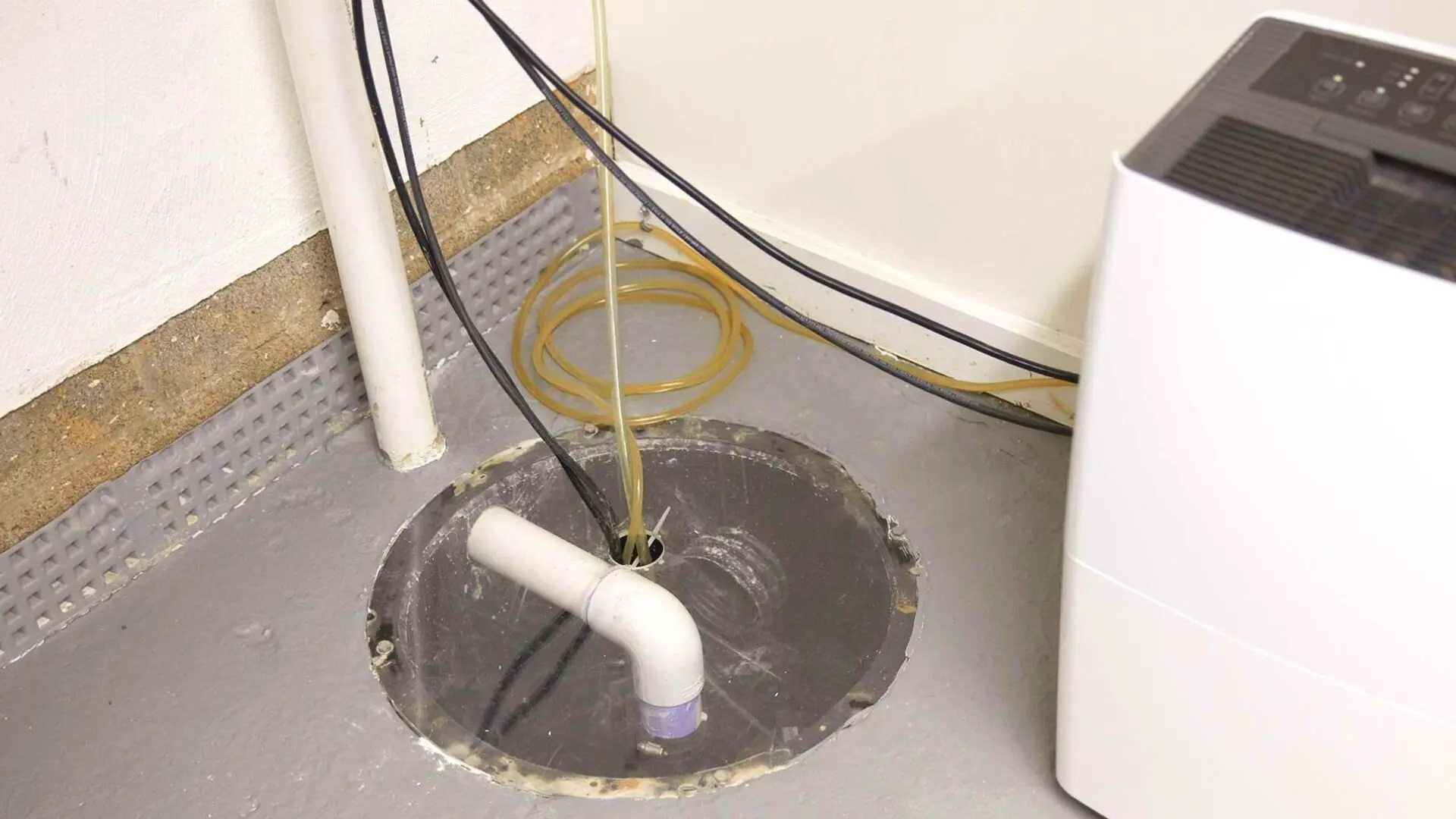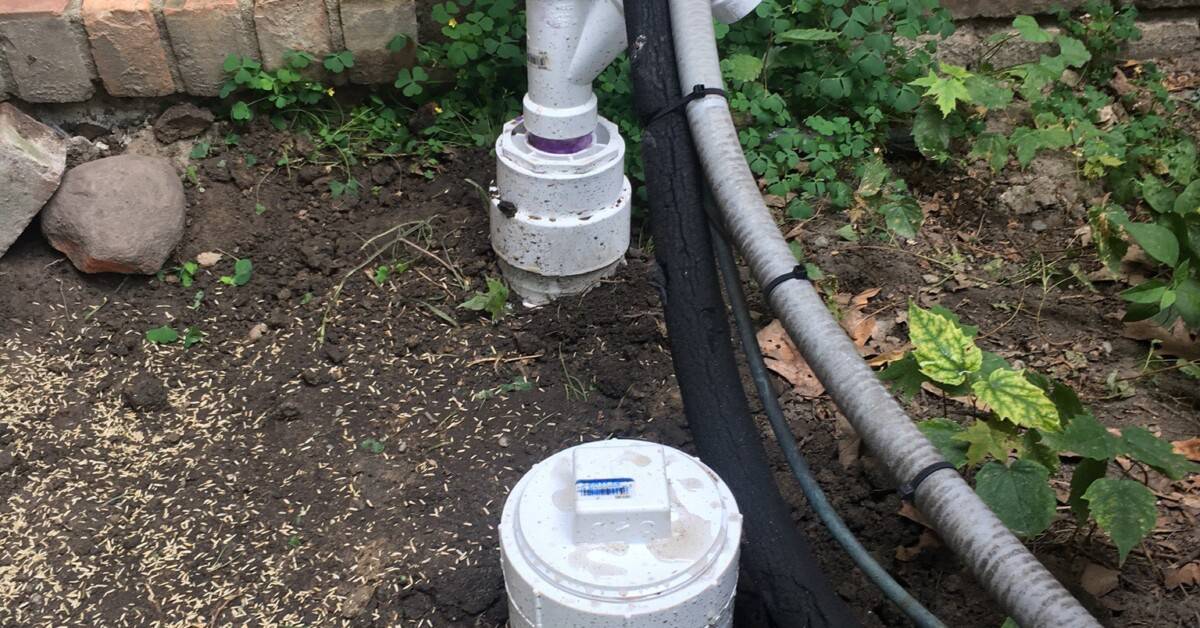Verified Methods for Cleaning a Sump Pump
Verified Methods for Cleaning a Sump Pump
Blog Article
They are making a number of good points on the subject of Steps to Cleaning Your Sump Pump Properly overall in this post directly below.

Sump pumps are vital elements in lots of homes, especially in locations vulnerable to flooding or extreme moisture. They aid avoid water damages by successfully getting rid of excess water from basements or crawl spaces. Nevertheless, like any other appliance, sump pumps need regular maintenance to guarantee they work efficiently when needed one of the most. Cleaning your sump pump is a crucial part of its maintenance, and comprehending just how to do it correctly can save you from expensive fixings and potential disasters.
Intro
Keeping a tidy sump pump is essential for its appropriate functioning and long life. Ignoring this necessary job can cause blockages, breakdowns, and eventually, water damage to your residential property. Therefore, learning how to clean a sump pump is essential for property owners that count on these gadgets to maintain their cellars completely dry and secured.
Indications of a Dirty Sump Pump
Knowing when your sump pump needs cleaning is crucial for preventing prospective malfunctions. Some typical indications that indicate a filthy sump pump include strange noises during procedure, reduced water flow, and noticeable particles in the pit. If you discover any of these signs, it's essential to cleanse your sump pump without delay to stay clear of any more concerns.
Getting ready for Cleaning
Before you begin cleansing your sump pump, it's necessary to take some safety precautions. Start by shutting off the power to the pump to avoid any type of electric accidents. In addition, wear ideal protective gear, such as gloves and goggles, to secure on your own from dust, particles, and possible virus.
Understanding the Sump Pump
Prior to diving right into the cleansing process, it's important to have a standard understanding of just how a sump pump works. Typically installed in a pit or container below the cellar floor, a sump pump consists of numerous vital elements, including a pump, a float button, and a discharge pipeline. When water builds up in the pit, the float button activates the pump, which after that pumps the water out through the discharge pipeline, away from the building's structure.
Detailed Guide to Cleansing a Sump Pump
Turning off the Power
Begin by disconnecting the power supply to the sump pump to avoid any kind of crashes while cleaning.
Checking for Correct Performance
Before re-installing the pump, perform a quick test to ensure that the float button triggers the pump properly. Pour some water into the sump pit and observe the pump's operation. If whatever is working properly, you can reconstruct the pump and reconnect the power supply.
Eliminating Debris and Dust
Utilize a pail or an inside story to eliminate any kind of visible particles, dust, or debris from the sump pit. Dispose of the debris properly to avoid it from clogging the pump or the discharge pipe.
Cleaning up the Pump and Drift Switch
When the pit is free from particles, very carefully get rid of the pump from the pit. Examine the pump and the float switch for any indications of damages or wear. Make use of a soft brush or towel to clean the surface areas and eliminate any type of accumulated crud.
Purging the System
After cleansing the pump and float button, purge the sump pit with tidy water to eliminate any kind of remaining dust or sediment. This will certainly assist make sure that the pump runs smoothly and efficiently.
Upkeep Tips to Maintain Your Sump Pump Clean
Along with periodic cleaning, there are several maintenance suggestions you can follow to keep your sump pump in optimum condition:
Conclusion
Cleaning your sump pump is a vital facet of its upkeep and makes sure that it operates successfully when you need it the most. By adhering to the actions laid out in this guide and incorporating normal upkeep right into your routine, you can prolong the life expectancy of your sump pump and secure your home from water damage.
6 STEPS ON HOW TO CLEAN A SUMP PUMP PROPERLY
UNDERSTANDING SUMP PUMPS
Your sump pump plays a crucial role in protecting your home by managing and removing excess water. It primarily functions as a “shield”, guarding your basement against the damaging effects of water accumulation. The pump is housed in a sump pit in the lowest part of your basement, and its job is to pump out any water that collects there.
During heavy rainfalls or when snow melts rapidly, water can infiltrate your basement, posing potential risks like flooding, structural damage, and harmful mold growth. Here, the sump pump springs into action, pumping out the intruding water and directing it away from your home.
SAFETY FIRST
Before cleaning, remember to prioritize safety. Disconnect the sump pump from the power source to prevent any accidental electric shocks. Also, wear sturdy gloves to protect your hands from any sharp or dirty components within the pump.
REMOVE THE SUMP PUMP
After ensuring your safety, the next step is to remove the sump pump from its pit. Doing this might require careful maneuvering as you don’t want to damage any pump components. Once removed, clean the sump pit to remove any accumulated debris or sludge.
INSPECT THE PUMP
Inspect the pump for any visible signs of wear or damage. Check the power cord, float switch, and impeller housing. If any components look worn out or damaged, consider replacing them to ensure optimal performance.
CLEAN THE PUMP
Thoroughly clean the pump with warm, soapy water. Make sure to rid it of any dirt, gravel, or other debris that might impede its performance. You can use a toothbrush to clean the small, hard-to-reach parts of the pump.
REINSTALL THE SUMP PUMP
Reinstall the pump into the sump pit Make sure it’s positioned correctly to remove the water effectively Once it’s back in place, reconnect it to the power source TEST THE PUMP
Finally, pour some water into the pit to ensure the pump works correctly. It should start automatically and begin pumping out the water; if it doesn’t, check the power source and the positioning of the pump.
Remember, while cleaning your sump pump is an essential part of home maintenance, hiring a professional plumber for a thorough inspection and cleaning at least once a year is also important. This will ensure that your pump is in optimal condition, ready to protect your home from potential water damage.
BEST PRACTICES FOR CLEANING SUMP PUMP DISCHARGE PIPES
Regular Inspection: Regularly inspect your discharge pipes, especially during heavy rainfall or snowmelt periods. Look for any signs of blockage or damage. Early detection of problems can prevent serious issues down the line. Periodic Cleaning: Over time, sediment and debris can accumulate in the discharge pipes, impeding the flow of water. Regular cleaning helps keep the pipes clear and functioning efficiently. You can use a high-pressure water jet to effectively clean the pipes. Insulation During Winter: In colder climates, discharge pipes can freeze, blocking the outflow of water. Protect your discharge pipes from freezing temperatures by insulating them with foam pipe insulation. This will ensure the sump pump can continue to discharge water even in freezing conditions. Proper Positioning: The discharge pipe should be positioned to direct water away from your home’s foundation. Improper positioning can lead to water seeping back into the basement. Ensure the pipe is long enough and angled correctly. Installation of a Check Valve: A check valve prevents water from flowing back into your sump pit after the pump has pushed it out. Installing a check valve helps maintain the efficiency of your sump pump and reduces the risk of flooding. Minimize Pipe Turns: Every curve or turn in the discharge pipe can decrease the efficiency of water flow. By minimizing turns and bends in your discharge pipe, you can increase the efficiency of your sump pump. https://www.fullspeedplumbing.com/how-to-clean-a-sump-pump-properly9999/

I am just very inquisitive about Keep Your Sump Pump Clean, It'll Keep You Dry and I am assuming you enjoyed the piece. Sharing is good. Helping others is fun. Thank you for your time. Come back soon.
Free Quote Report this page